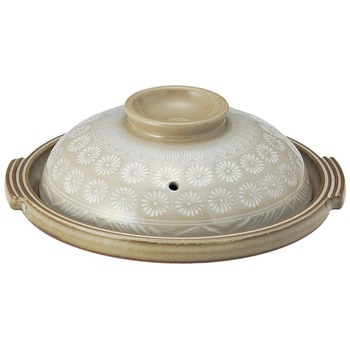Use these expert tips for your most succulent turkey yet.
The first time I cooked a turkey, I was overwhelmed by the sheer size of it. Sure, Hollywood Christmas movies went a long way toward managing my expectations, but somehow, I missed the fact that I didn’t own a Hollywood-sized fridge. A search on the internet led me to using my fridge crisper as a brining bucket and, well, I would not recommend the clean-up. Since then, I’ve finessed my turkey workflow and hopefully these tips will save you from confusion or worse, a dry and stringy bird!
Use lots of salt
If you buy your turkey frozen, the first thing you should do is thaw it in the fridge. This will ensure your brine or marinade penetrates properly and your bird cooks evenly. A great rule of thumb is to thaw it for 24 hours per 2.5kg.
Once you have a thawed turkey, you can choose one of two options: a dry brine or a wet brine. The salt from the brine reacts with the proteins in the meat, tenderising and flavouring your turkey. For a dry brine, sprinkle the turkey generously with salt, making sure to evenly cover the crevices and leave covered in the fridge for 24–36 hours.
If you have the space, wet brining involves a five percent brining solution (50g per litre of water) that you sit your turkey in for 24–36 hours. Ensure that you have enough liquid to cover the entire turkey or be sure to turn the turkey every day in the fridge to ensure an even coating.
Time for cooking
After brining, it’s important to dry out the skin of your turkey to help with the crisping process. Remove the turkey from the brine (you can skip this step for a dry brine) and pat dry with paper towel. Leave the turkey in the fridge, uncovered, overnight before cooking, to ensure that the skin is thoroughly dry.
If you’re roasting, give the turkey a light coating of oil before you begin. Roast it in a 160°C (140°C fan-forced) preheated oven, basting periodically with pan juices, until the internal temperature of the thickest part of the thigh is 75°C. A lower temperature helps to ensure that the outside of the meat doesn’t overcook while the inside gets up to temperature, and for extra crispy skin, crank up your oven to 200°C (180°C fan-forced) and watch it like a hawk while the skin browns.
Rest is important
Once your turkey is cooked to perfection, it is important to rest it, loosely covered in aluminium foil, for 30–45 minutes before carving. This allows the juices to redistribute throughout the meat and ensures that every piece is succulent. Itching to dig in? Distract yourself by using the pan juices to make some gravy – your guests will thank you for it!
Tammi Kwok is a chef, food editor and regular freelance contributor to the Connection.










